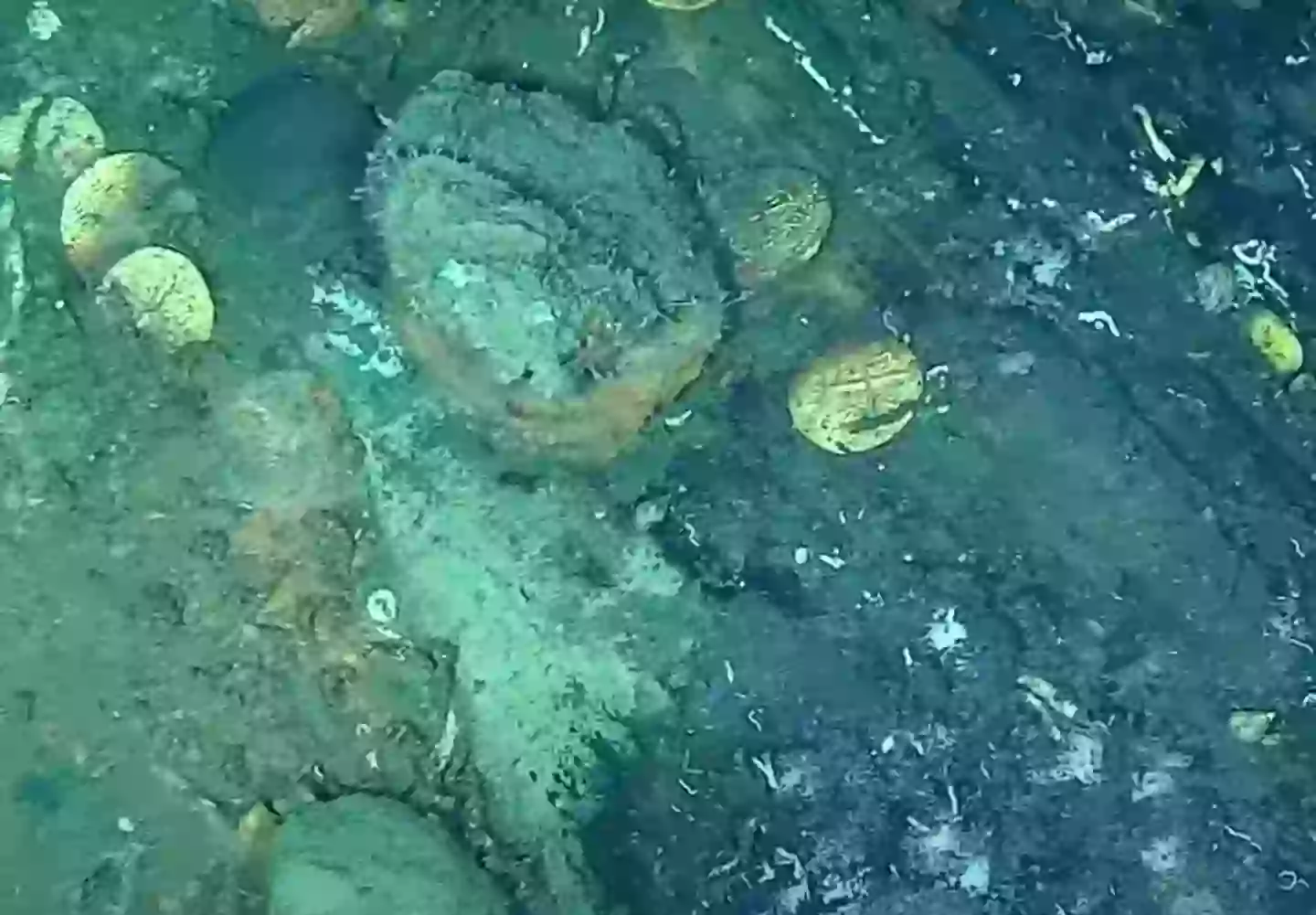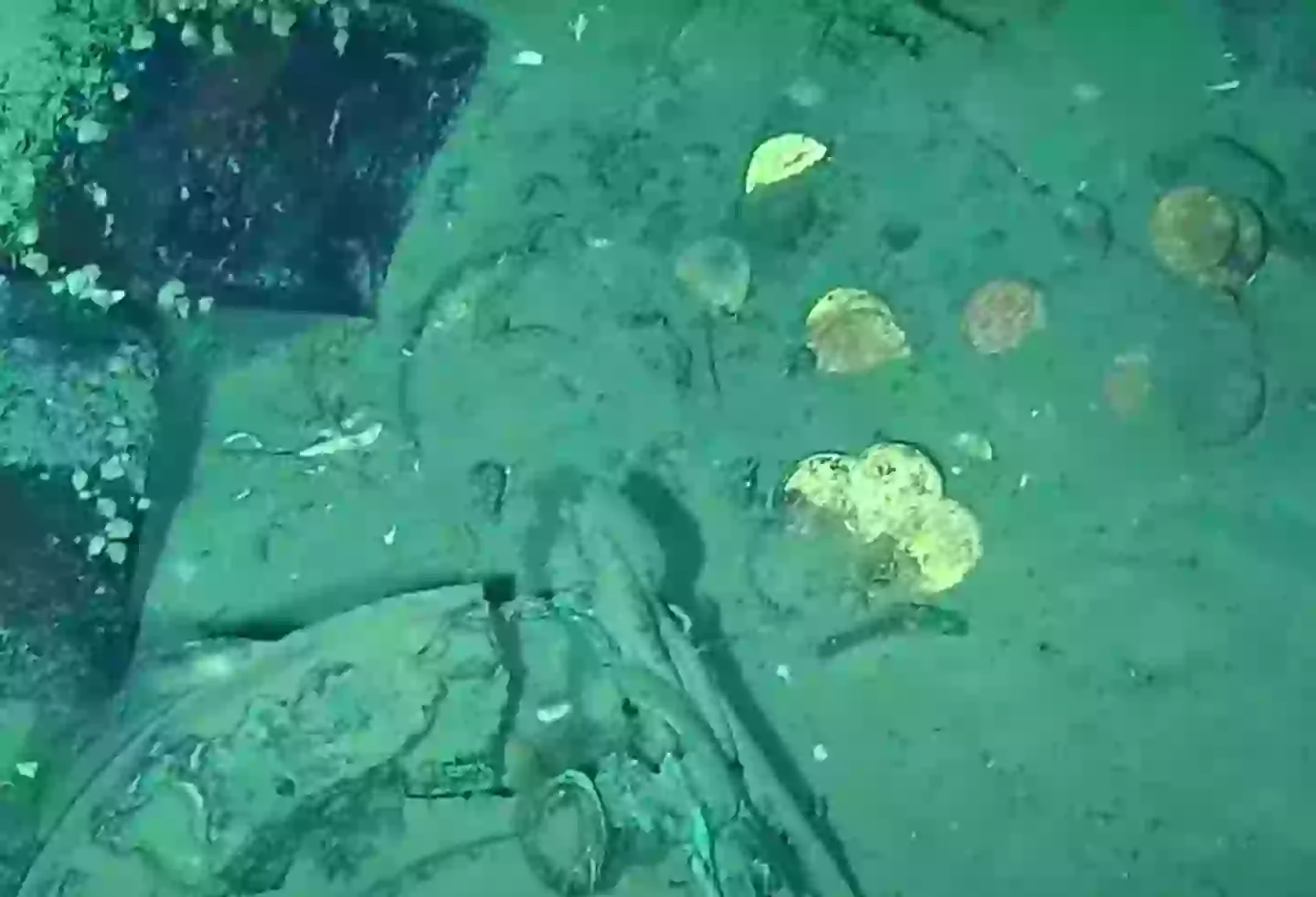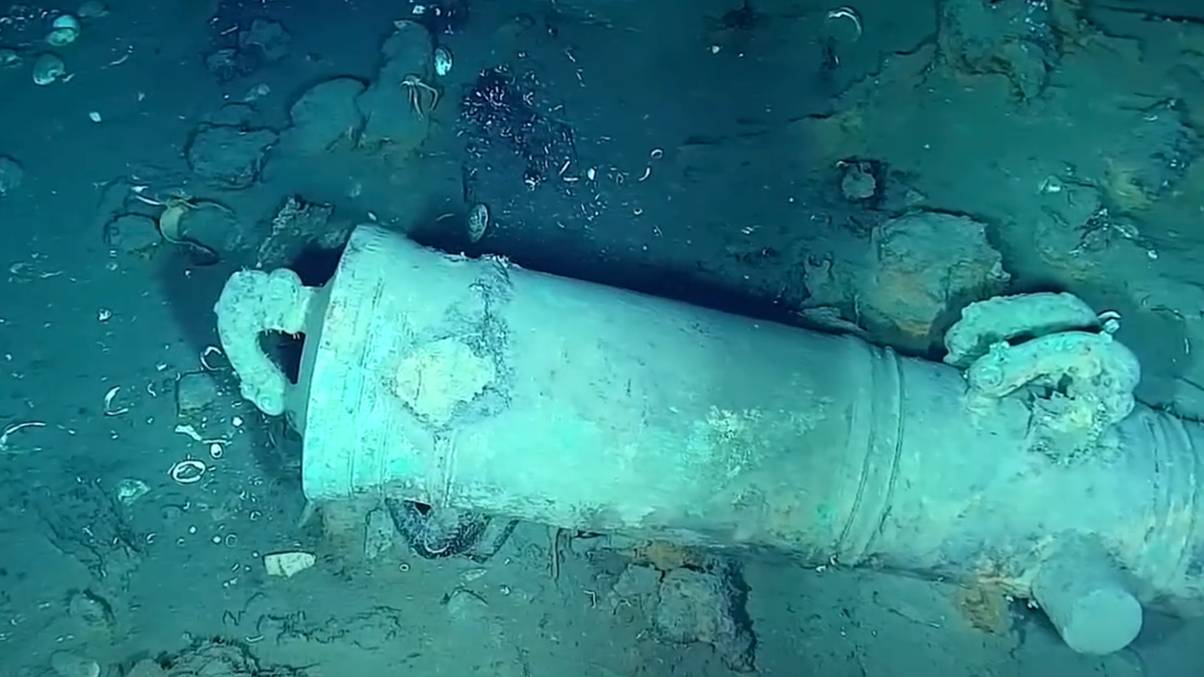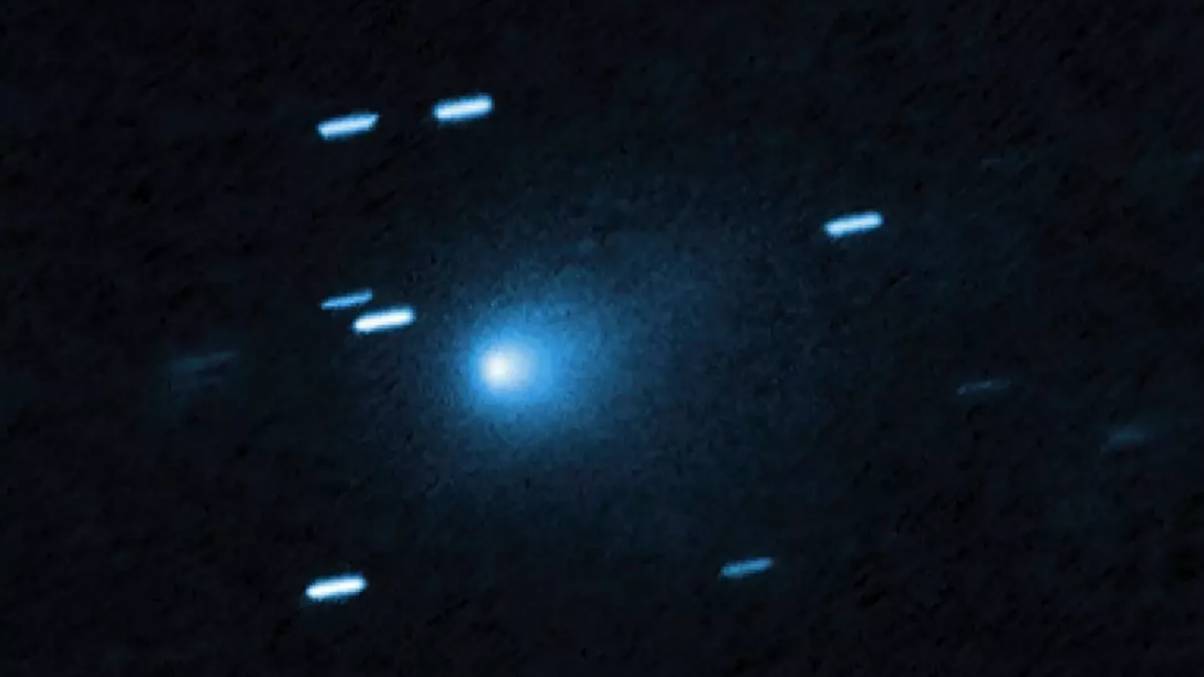Beneath Caribbean Waves: Unveiling a $17 Billion Secret 600 Meters Below Sea Level
Imagine stumbling upon a sunken treasure chest brimming with coins that could bankroll a small country—well, researchers are buzzing with just that kind of discovery, uncovering centuries-old coins from the depths of the Caribbean Sea . These aren’t just any coins; they’re fragments of the infamous San José, a Spanish galleon that met its fiery end in 1708, exploding amidst gunpowder and war, and dragging down with it an eye-popping haul valued around $17 billion . Now, before you dust off your pirate hat and dive in—hold your horses! This treasure lies 600 meters beneath the surface, guarded not just by water but also by a tangle of ownership disputes involving governments and indigenous groups (talk about a real-life ‘who owns the gold?’ drama). Instead of a wild gold rush, investigators are wielding remote-controlled robots and digital replicas to unravel the mysteries scattered across the seabed. So what’s next for the San José’s sunken fortune? And, more intriguingly, who’s got the rightful claim to these centuries-old riches? Let’s dive into this watery tale of history, mystery, and mega bucks. LEARN MORE
Researchers believe that centuries old coins discovered at the bottom of the Caribbean Sea are part of the wreck of the San José, a Spanish treasure ship with a sunken haul that could be worth around $17 billion.
In a recent study they explained how they found a treasure trove of golden coins, known as ‘cobs’, littering the sea floor 600 metres below the water’s surface.
The San José had been carrying around 200 tonnes of gold, silver and jewels from Spain’s colonies in South America when on 8 June, 1708 it was attacked and sunk by the Royal Navy during the War of Spanish Succession.
At some point during the battle the galleon’s supply of gunpowder was hit and the ship exploded, sending vast amounts of treasure to the bottom of the sea and creating the ‘holy grail of shipwrecks’.
The exact location of the shipwreck was discovered in 2015 but the Colombian government kept it under wraps to avoid the public trying to reach the site and loot it.

Surveys of the wreckage have found remnants of the treasure (Youtube/DimarColombia)
There’s quite an argument over who actually owns the treasure that has spent the past three centuries underwater.
US salvage consortium Sea Search Armada claimed they found the wreck back in the 80s and shared that information with the Colombian government so they could split the treasure, though a US court ruled that the San José belonged to Colombia.
Spain claimed that the shipwreck belonged to ‘the state’, while the indigenous Bolivian nation Qhara Qhara said it ought to be theirs as their ancestors mined much of the cargo of the San José.

Researchers think the patterns on the coins confirm it’s the ‘holy grail of shipwrecks’ (Youtube/DimarColombia)
Researchers said that many of the coins they spotted had an ‘L’ printed on them, marking that they’d been minted in Lima with further markings indicating they’d been made in 1707.
They add that given the stamps on the coins indicating where and when they were made the San José is ‘the only ship that matches these characteristics’.
There’s no rush to dive down and scoop up all the treasure, a course of action that would require a lot of equipment since at a depth of 600 metres the pressure would be fatal to humans.
Instead there will be a further study of the site to better explore the shipwreck of one of the greatest sunken treasures in history.
The researchers have been using their findings to create digital replicas of the shipwreck which have proved useful in analysing what’s going on beneath the Caribbean Sea.
Since the pressure is so strong down there, it’s required the use of remote operated vehicles to pop down and have a look.
It’s another major step on this incredible find, though of course the burning question is who the treasure would ultimately belong to if it could be successfully recovered.

















